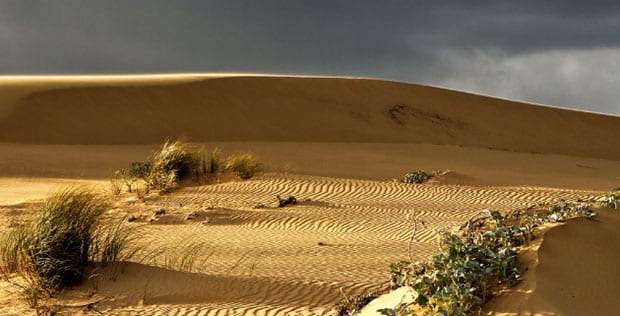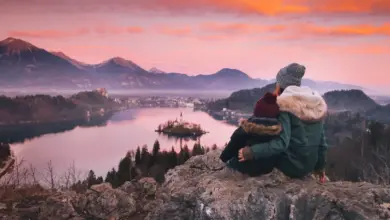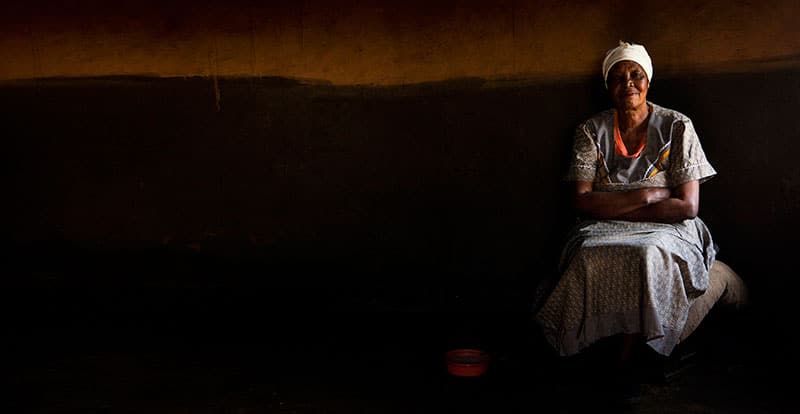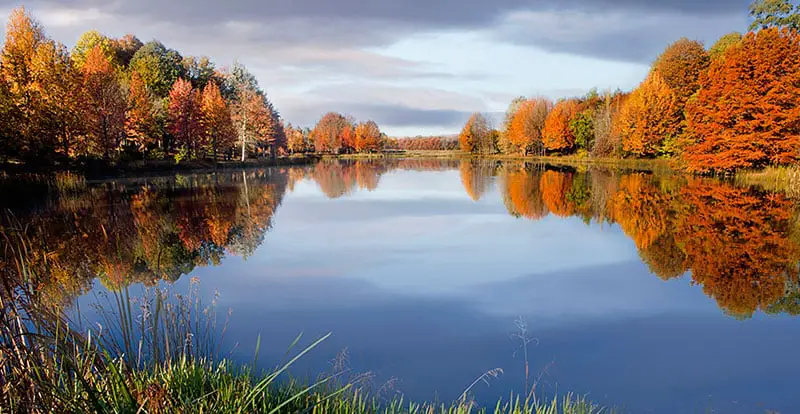How To Become A Travel Photographer
Nowadays, just about anyone with a DSLR camera can take pretty good images of iconic travel locations and publish them on social media channels like Instagram. However, becoming a successful travel photographer requires more than simply “faking it ‘til you make it.”
There’s no doubt that travel photography as a career is a super cool job and there’s nothing anyone can say to change my mind. Many moons ago (get ready, here comes an anecdote), I was in Prague.
I was covering a story on beer while attending a friends’ stag party. At the time, my friend received a job offer via email. The only problem was he had to send an up to date photo, and neither of us had digital cameras or even smartphones that were up to the task (showing my age a little here).
Enter Peter. Peter was a professional travel photographer we met at the stag party. He had a telescopic camera around his neck that looked like something out of Star Wars and we asked if he could help. At first, he wasn’t very obliging, but after many drinks, we soon became friends.
Now, as a career photographer, Peter was sent to Prague by a leading travel publication to take photos of a list of attractions (and find a few of his own photographic gems along the way). His salary, he bragged, was astronomical and he looked the part, with designer label jeans, long hair tied back in a ponytail and a trendy leather safari hat. Ever since that day, I’ve wondered how on Earth he was able to land such an amazing role. In this article, I’ll share some of his secrets.
Learn the trade
“You may think that photography is about faking it ‘til you make it,” said Peter. “However, if you’ve ever taken a black and white photo of a solitary chair in an empty room for an art project, you’ll know the importance of lighting.” In landscape photography, he said, lighting is just as important and it’s known as The Golden Hour.
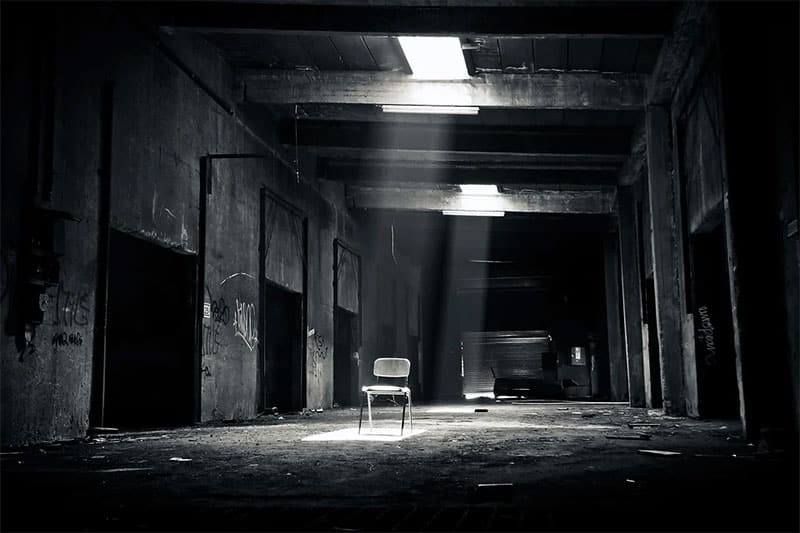
What quickly became apparent is that scenic shots require a very specific set of skills. Lighting and positioning are everything. As is equipment (see C.R. Kennedy). If you have no idea what exposure and depth-of-field means; if you weren’t aware that a camera needs not only a ‘cold shoe’ but a ‘hot shoe’ and if you’re not even sure if bokeh is a typo (it isn’t), you have some Googling to do, my friend. Alternately, you can read Peter’s 5-part photography series on lighting, depth-of-field, exposure, focus, and the camera histogram.
Find a niche and develop a portfolio
Once you have the camera. Once you have the skills. Once you have a snazzy camera strap with an expensive brand name on it to let everyone know you mean business, you may just be ready for day one.
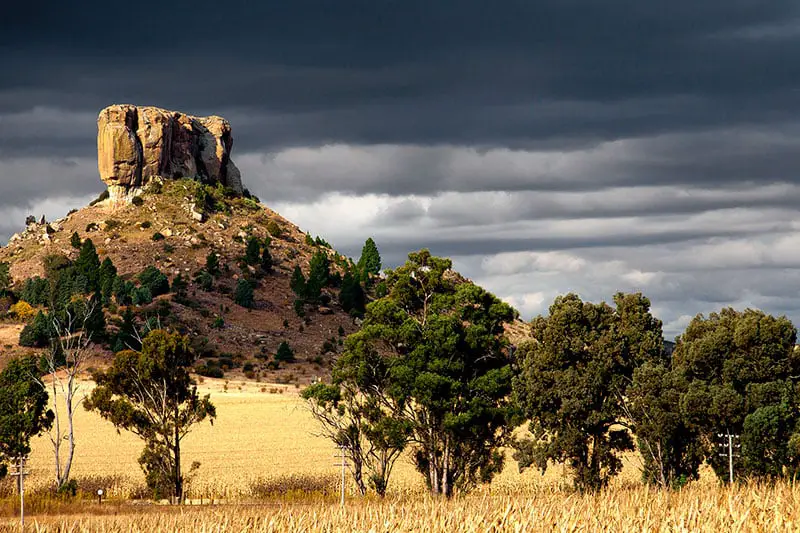
But wait. What shall we photograph? That’s up to you. But a portfolio that shows your niche is more attractive than a mish-mash of work. For example, learn to work with water. Learn to work with sunny city-scapes. Learn to work with remote crisp winters if that’s your thing. Get good at your niche, understand lighting and composition, and become known for it.

